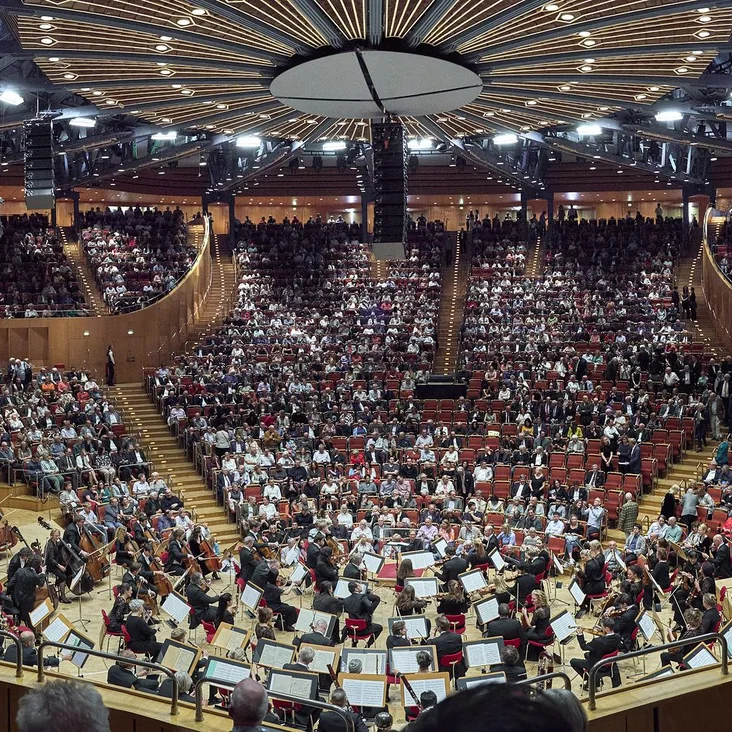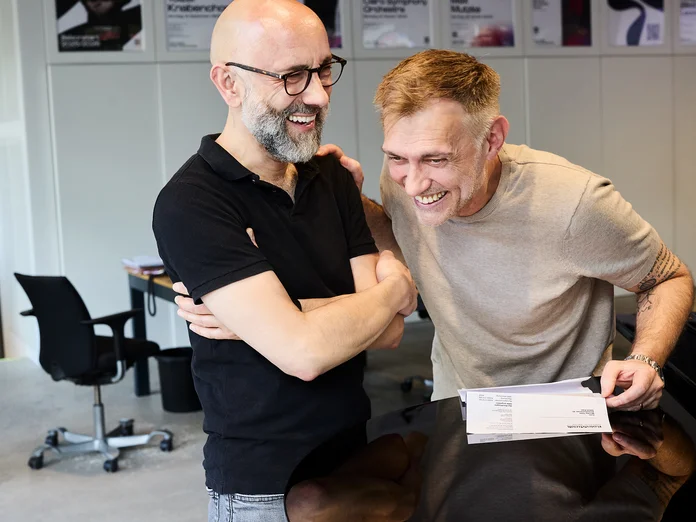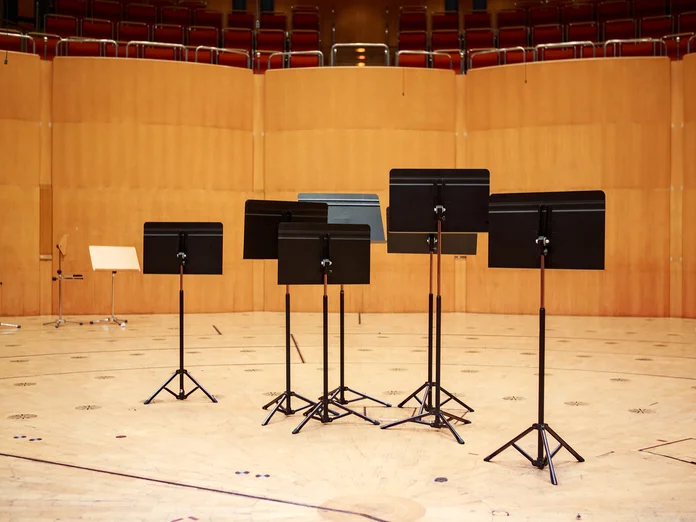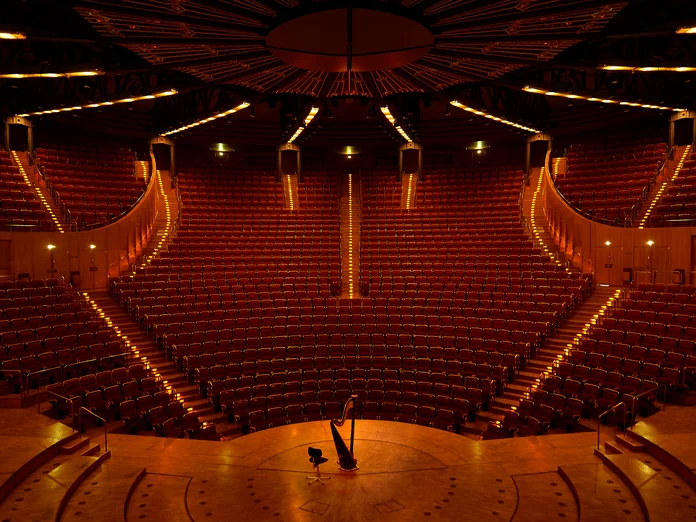About us


»«
The Kölner Philharmonie is a venue for the whole city. Our programme is as varied as Cologne itself: grand symphonies, energetic jazz, rousing folk and pop events, world premieres and first performances, children's concerts. Add to that our hall, located underground beneath Heinrich-Böll-Platz: with its stunning architecture, modelled on an amphitheatre and boasting an unmistakable atmosphere!
Since 1986, the Kölner Philharmonie has been one of the most important concert halls in Europe – and has become an integral part of Cologne's musical life. Concerts can be attended here almost every day of the year; on Sundays and public holidays, there are often two or three. What would you like to see? Perhaps some fine chamber music today, a song recital tomorrow, or jazz or an operetta the day after tomorrow? With a team of around 120 people, we work hard to offer you a wide selection of wonderful concerts.


